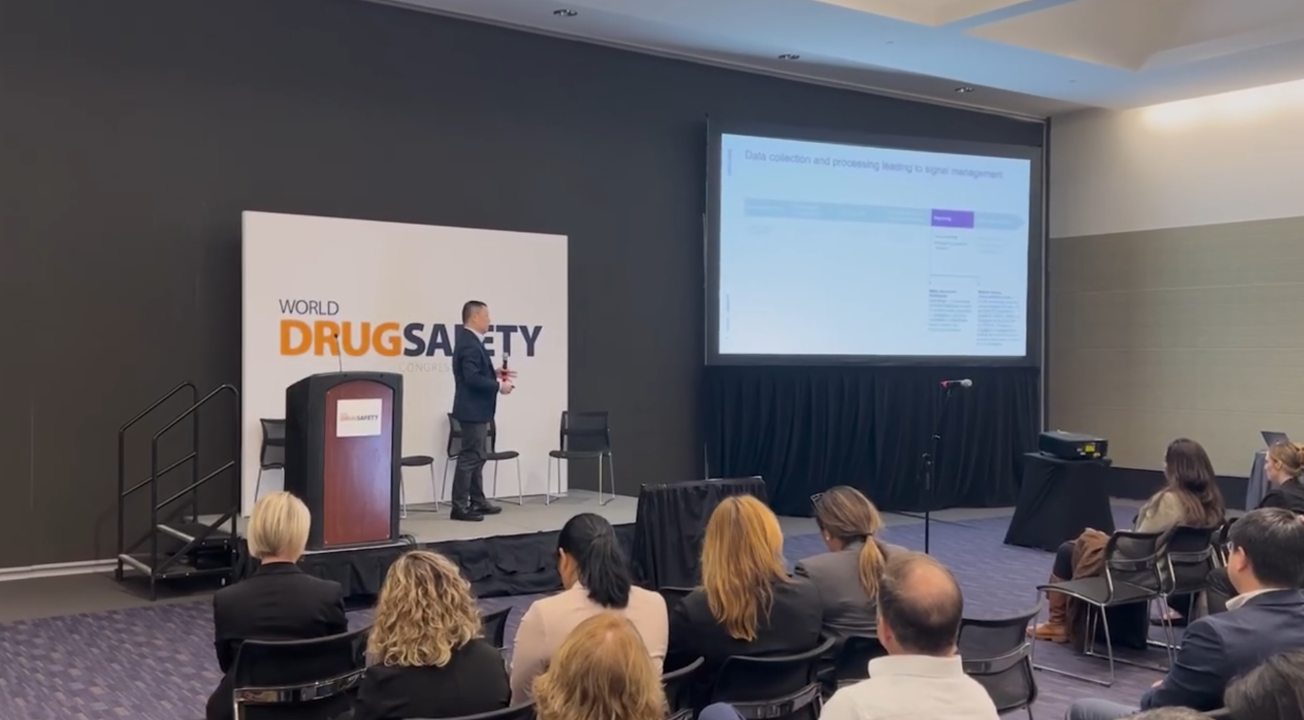Answering the challenges of rare disease market access with HEOR
How biopharma companies can launch new rare disease products by taking a new look at a powerful data source
Too many biopharma companies end up scrambling to meet reimbursement challenges when launching new therapies for rare diseases — and this shouldn't have to happen.
Following best practices for incorporating health economics and outcomes research (HEOR) data into the launch planning process can help you avoid issues including insufficient evidence of value and lack of alignment with payer priorities — issues that can result in poor access and slow uptake.
Quantifying patient problems
HEOR data supports market access initiatives in multiple ways, including:
- Connecting and translating clinical trial results to real-world health outcomes
- Helping you communicate the value of rare disease therapy innovations to patients and payers
- Identifying the optimal interventions for highly specific patient populations
To make the best use of HEOR, this step should start early in the development process. For example, if you know a drug is effective for Type 2 diabetes, HEOR can identify the greatest unmet need, providing contextual information and refining the optimal patient population. HEOR helps you figure out how a particular drug fills gaps, ensuring that the data you gather is relevant to a payer audience — examining clinical data and prioritizing value from a cost perspective.
HEOR support during clinical development
At this point, HEOR and real-world evidence can help provide valuable context for the potential size of your target patient population, narrowing it down based on relevant criteria such as age, gender, comorbidities, genetic mutations, etc.
HEOR strategy identifies unmet needs and data gaps and then generates the data to fill those gaps to help demonstrate a product's value to a payer and overcome any reimbursement or market access hurdles.
For example, a company that develops a drug product for Duchenne muscular dystrophy (DMD) will navigate several different genetic mutations. As the overall population of DMD is very small1, separating these out into different subgroups results in even smaller numbers of patients — groups that are difficult to identify and quantify. A certain percentage will have a specific mutation, another will have a second, a third, and so on, with each subgroup getting to see different efficacy or safety for the new therapy. This company's challenge is identifying the size of their specific opportunity as well as working to identify which subgroup is the optimal target for treatment. This is where HEOR is incredibly valuable.
Additionally, RWE studies can help to develop synthetic control arms. They review data on patients and can address the shortcomings of clinical trials by assessing outcomes in patient subpopulations. For some ultra-rare conditions, you might need RWE for your synthetic control arm or for other contextual data to support Food and Drug Administration (FDA) and potentially European Medicines Agency (EMA) submission.
HEOR best practices for rare disease product development
As you work through your development process, there are a few best practices you should consider implementing. These include:
- Getting an early start that gives you enough room to gather data at the right time to address payer needs
- Building a pre-approval dossier
- Creating an evidence generation strategy that supports your value messages (if you want to say it, you need evidence to support it), and that is meaningful to payers
Biopharma companies should be part of upfront discussions about payer-relevant endpoints, thinking about their additional contextual data around the unmet need and burden of illness.
Keep in mind that regulatory success in the orphan space is only part of the picture and doesn't guarantee a commercial win. You will need clinicians who are also doing regulatory work. The goal of any clinical program is to get regulatory approval, so commercial success will require working with stakeholders beyond the regulatory space. Know also, that your work is more than just a market access play. You might need additional endpoints in your trials to meet regulatory requirements.
A commercialization partner can offer invaluable support
Because of the complexity and uncertainty of this process, a commercialization partner is often an invaluable resource, helping you connect your work to the quality measures that payers and IDNs are most concerned about.
Your commercialization partner can step in as a translator when you've been hyper-focused on critical steps like navigating regulatory pathways and assessing therapy efficacy. They can translate those endpoints in a way that's meaningful to payers, such as impacting quality measures. This cross-walking from regulatory appropriate endpoints can happen in multiple ways, including through an HR strategy and market research.
"Biopharma companies can see benefits, such as replacing patient groups with data that a partner can help them develop. This is really an effort to get additional information you don't currently have to support your case in terms of reimbursement and other concerns. It requires conversations internally and with potential partners early on." Kim McLeod, Senior Director, Scientific, AmerisourceBergen.
Reference
1. Duchenne muscular dystrophy. National Center for Advancing Translational Sciences. 8 Nov 2021. Accessed 31 Aug 2022. Available online at: https://rarediseases.info.nih.gov/diseases/6291/duchenne-muscular-dystrophy
Implement HEOR in your rare drug development cycle
.jpg?h=3667&iar=0&w=5500&hash=744679A008116469439B0E7BB9CA5AA1)




